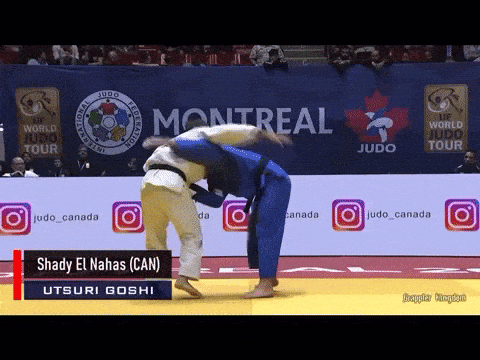Pattern and Timing

Summary
- Pattern: The ability to repeatedly create and read the same sequence of events
- Being a Good Uke
- Timing: the ability to deliberately break a pattern
- Being a Bad Uke
Theory
Timing is an established part of BJJ (though often times it is conflated with speed). Techniques are first learned, then the student is more or less left to figure out timing in live grappling situations.
FJJ prioritizes the fundamentals of timing before learning a technique to time.
Timing is defined as the ability to know what your partner is about to do, and adjust yourself to take advantage of it.
This requires a sensitivity to the Cosmic Grappling Background Radiation, a signal that contains information about The Great Affordance. Once players can detect their partner's weight shifts and expectations, they can start to build a repertoire of appropriate responses.
Patterns are necessary because Timing is defying your partner's expectations. In order to use Timing, you must be able to create expectations in your partner.
Timing requires your partner committing more to an expected engagement than you are.
If you can create Patterns with a partner, then you will be able to
- read weight shifts
- read intentions
- create expectations
General Use
Learn to Develop Patterns
The ability to repeat patterns in live movement gives repeated opportunities to look for the weight shifts and develop affordances around them.
The Jiu-Jitsu Boson
A JJB is a repeatable exchange that occurs during live, unrestricted grappling.
The JJB is a hypothetical training tool. It combines the representativeness of full-resistance sparring and the targeted nature of traditional drilling.
The goal is for the Uke to provide the same live situation over and over again, allowing the Tori to get live repetitions against it.
This is sort of like positional sparring, but with important differences:
- Positional Sparring has a dictated position or technique. JJBs ideally happen in a fully open environment.
- Students are encouraged to use Positional Sparring to practice "winning". Successful creation of JJBs require a flexible relationship with winning. Players should try to respond effectively, but that is a secondary concern to repeatability. If all you can do is freeze up and do nothing, that is a valid JJB (so long as you can repeat it). Players heavily invested in winning will generally cause JJBs to collapse.
Here is video evidence of a JJB.
| feature | Positional Sparring | JJB |
|---|---|---|
| who restricts play area? | Teacher | Players |
| optional full resistance | Yes | Yes |
| winnable? | Yes | No |
BJJ/FJJ Translation Hints
The cooperative Drill
- Typical BJJ use of a cooperative drill
- The Tori has an assigned technique to perform, the Uke knows what the Tori is trying to do and repeatedly provides the correct conditions for that technique to be the correct choice. The Tori believes he is learning to perform the technique.
- Typical FJJ use of a cooperative drill
- The Tori and Uke work together to create a repeating pattern of motion. The Tori and Uke believe they are learning to read their partner's motions and telegraph their own.
The Uncooperative Drill
Once cooperative movement is relatively easy, the Tori syncopates against the pattern, looking for ways to do so that destabilize the Uke. The Tori is still telegraphing his motions, but is occasionally telegraphing lies.
Because Technique is not allowed to be the defining feature of a drill, conditions become the organizing feature.
The ability to work together with a partner in creating a pattern of motion requires learning how to read your partner's motions.
Reading your partner's motions is required in order to know what technique is appropriate to the situation.
Predictions
- Initially players will have difficulty creating Patterns
- Initially players will need to experiment against the same Pattern repeatedly before finding a Timing opportunity
- Initial Timing actions will not be enough to complete a BJJ Technique, will primarily be small bumps and trips
- With experience, players will be able to find Timing opportunities against novel Patterns faster.